views

Social media is like a window to the world, a connection, a news place. But what might happen when this digital space contains something beyond the update?
What will happen if it conceals hazards? Such threats do not necessarily strike one directly. They express themselves slowly in our minds. They interfere with our privacy. They can even cause pressure on our real-life relationships.
This article reveals such dangers. It demands paying more attention to the real price of our online life.
The Role of Platforms in Addiction
Social media platforms are carefully crafted in a way that they are made as addicting as possible to exploit brain reward systems. Continuous notifications, such as likes, comments, and shares, release dopamine, as is the case with gambling.
The problem is of particular concern to the younger users who are highly vulnerable due to their undeveloped impulse control. Subsequently, this engineered addiction has resulted in diminished social skills, increased depression, and low self-esteem among adolescents.
A quarter of children who use social media for three or more hours daily develop adverse signs of mental health. This also brings ethical considerations regarding corporate responsibility and why there should be stricter regulations to safeguard minors. A guide to parental controls on social media can aid parents in getting through these dangers and applying protective measures.
Mental Health and Self-Perception
Selected and idealized life stories on social media promote constant comparison in society that causes feelings of inadequacy, low self-esteem, and dissatisfaction. The attempt at online validation leads to unstable self-esteem, as these people are susceptible to being hurt when they cannot receive validation.
This external validation cycle leads to anxiety and depression as well as a distorted self-perception and increases insecurities. The presence of image-altering filters and “thinspiration” accounts leads to low self-perception and body dissatisfaction and exposes them to higher risks of eating disorders, particularly in young adult females.
Compulsive checking and anxiety are results of the so-called fear of missing out (FOMO), which ironically results in self-isolation. The quick dose of dopamine provided by the online interaction may also replace a proper in-person relationship, instilling irritability and disconnection into genuine relationships.
How Sharing Too Much Can Hurt Your Privacy
The vast amounts of data collected by social media sites are deposited by millions of users each day. This data details how users act and what interests them. It helps develop intrusive profiles of individuals.
These profiles are used to target advertising, often without proper authorization. The privacy of the consumers, their freedom of choice, and safety are at stake due to this ubiquitous surveillance.
This commercial surveillance keeps a detailed record of all clicks, views, and locations to monetize them. Predatory targeting ads are also present, and they use data on a person's behavior to target the consumer in a vulnerable state.
Among the direct physical risks are social media risks you won’t expect. For example, the posting of personal information on the internet, even in an innocent manner, can result in identity theft. By trawling social media, burglars can find homes with no one at home by looking at the information on GPS tags or holiday arrangements. Families can be exposed mercilessly by children who, unconsciously, give out information on their being at home alone.
Cognitive and Physical Effects
The urge to tune in to new content and notifications frequently forces the brain to change focus and concentrate, suddenly reducing extended attention. Information overwhelms the brain, causing a cognitive overload and poor concentration.
In addition to effects on the mind, extended engagements in social media are associated with physical ill health. The time in front of the screen, particularly at bedtime, interferes with the work of melatonin and circadian rhythms and makes sleep worse. There is a notification system and a drive to scroll, which contribute to chronic fatigue and a lack of emotional control.
Misinformation and Divides in Society
Social media has also played a central role in spreading misinformation and disinformation at a vast scale, boosted by the algorithm of attention maximization.
Emotional data travels more rapidly, leading to a loss of confidence among those who know better and the compromised perception of citizens towards governments and the mainstream media. This increases political polarization, with the invention of echo chambers, where the only information people are subjected to confirms their beliefs and protects them against a broad range of views.
With a more significant emphasis on engagement, algorithms turn out to be mechanisms of society fragmentation, hampering informed dialogue. It implies that platforms represent existential dangers to democratic procedures and stability.
Conclusion
The virtual stream shows a world that is full of engineered addiction, decline of mental support, shattered privacy, loss of cognitive abilities, and social division.
Awareness of these dangers is an initial step toward a healthier digital life. Digital well-being in the most accurate manner requires being deliberate and mindful, such as establishing limits, participating in real-life relationships, and assessing information critically.
The ultimate solution is to engage people through knowledge, hold technology companies responsible, promote and endorse new policy changes that keep people's health at the forefront.










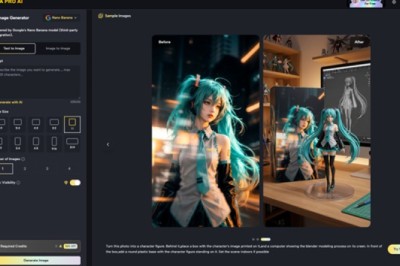
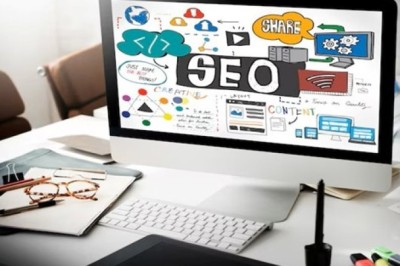







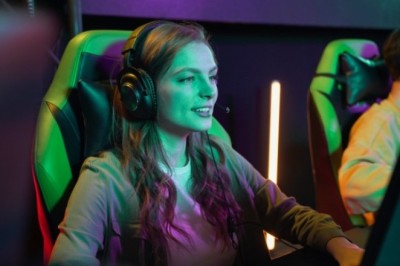
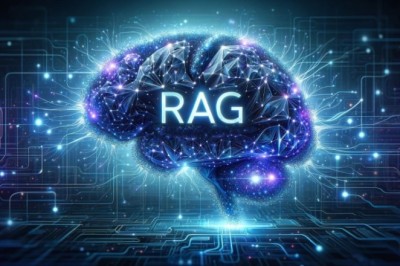
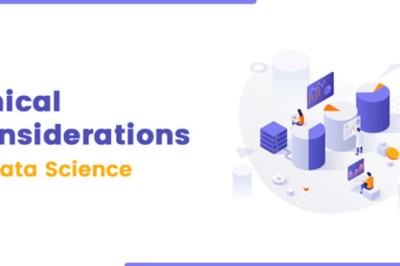

Comments
0 comment